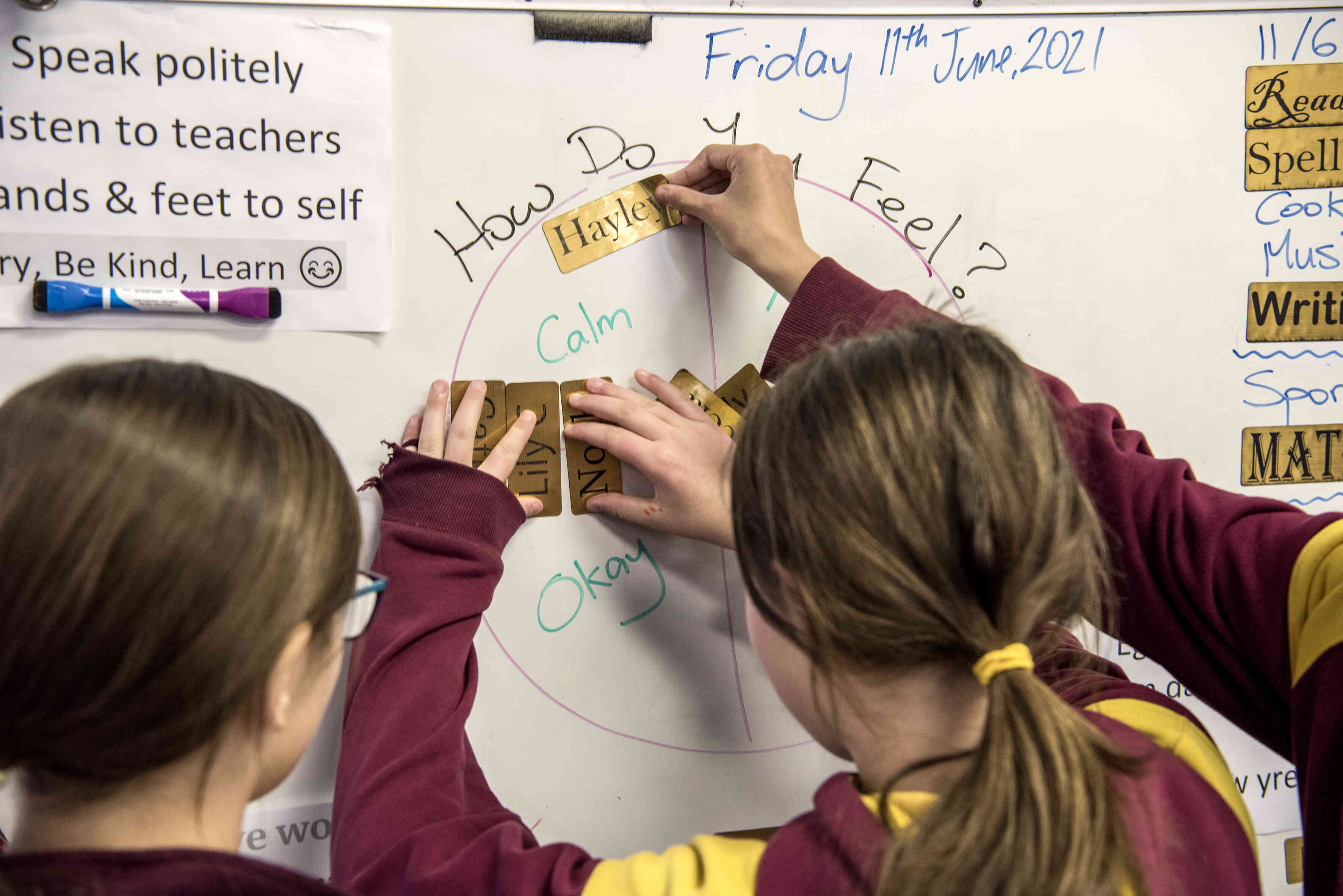
Educators may notice changes in the behaviour of children and young people coming into a natural disaster season, such as bushfires.
Children and young people may be experiencing an increased sense of anxiety during this time.
Understanding that this may be related to changes in the environment, such as a hot, windy day or the sound of sirens, can assist educators in supporting children and young people.
Coverage in the media of natural disasters may also cause children and young people to feel that they are at risk, when in fact they are safe.
These feelings should be discussed and acknowledged. However, understanding why a child or young person behaves a certain way can inform the decisions and planning in relation to a response by educators. Noting down these changes is a useful strategy for educators and the support they can provide.
An educator’s role is to support the children and young people in their care. The BETLS Observation Tool provides a template for gathering and documenting a student’s behaviour, emotions and thoughts. The tool can be used to focus on what you actually see rather than what you think.
How to observe children and young people
The Be You BETLS Observation Tool provides a structure to gather and document information and observations about the mental health and wellbeing of a child or young person. The tool encourages an educator to reflect on the changes observed in terms of behaviour, emotions, thoughts, learning and social relationships in a child or young person and the pervasiveness, frequency, persistence and severity of these changes.
The BETLS Observation Tool is a resource to guide an understanding of mental health and assist educators determining their level of concern and support actions. It is complimented by the Be You Mental Health Continuum.
These tools can be useful in developing and mapping strategies to support students in your care, to consider other factors and for communicating observations to colleagues, parents and carers.
The tool can also be used for making referrals to external services (with consent to share information).
Remember, it’s not your role as an educator to diagnose or make conclusions about a child or young person’s state of mental health. However, you can observe and provide information which can assist the support of a young person.
Correct at time of publication.